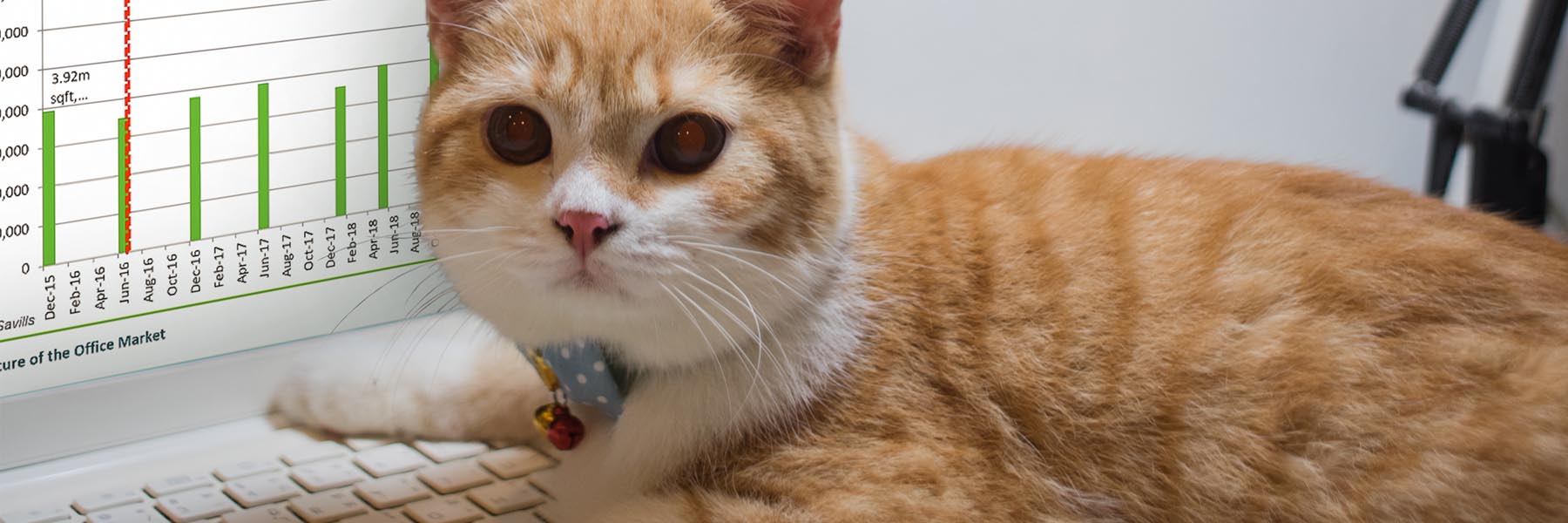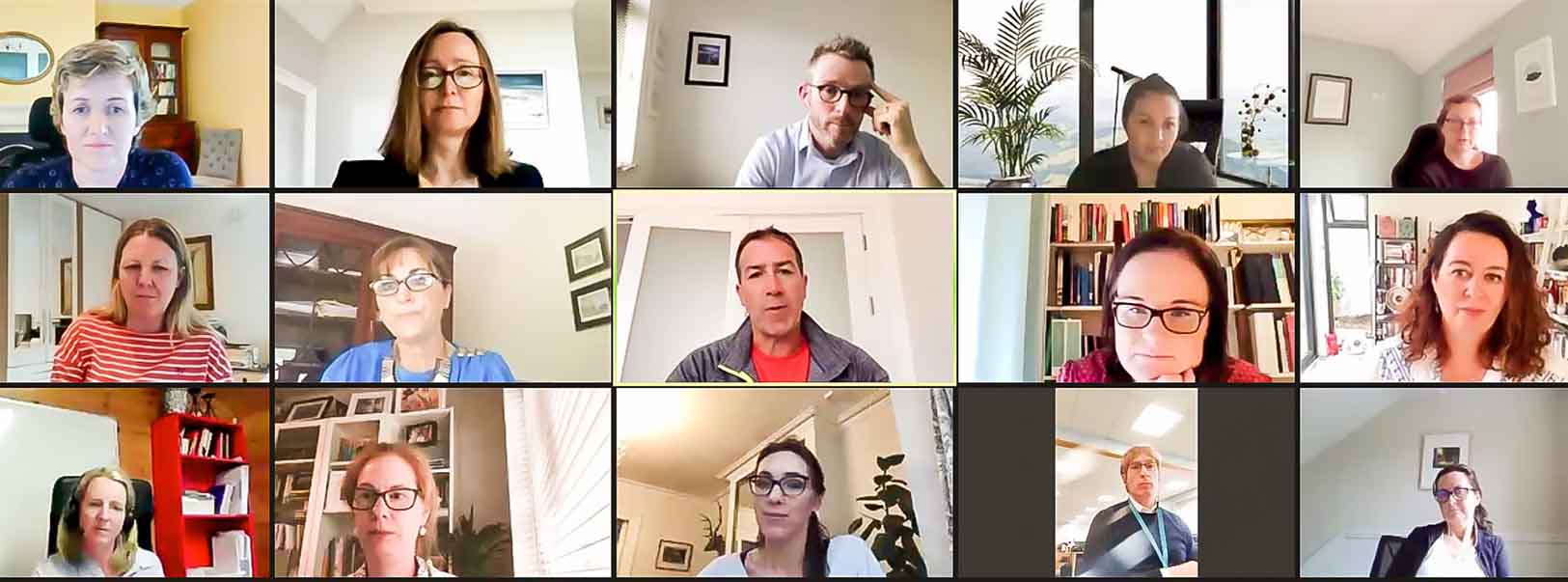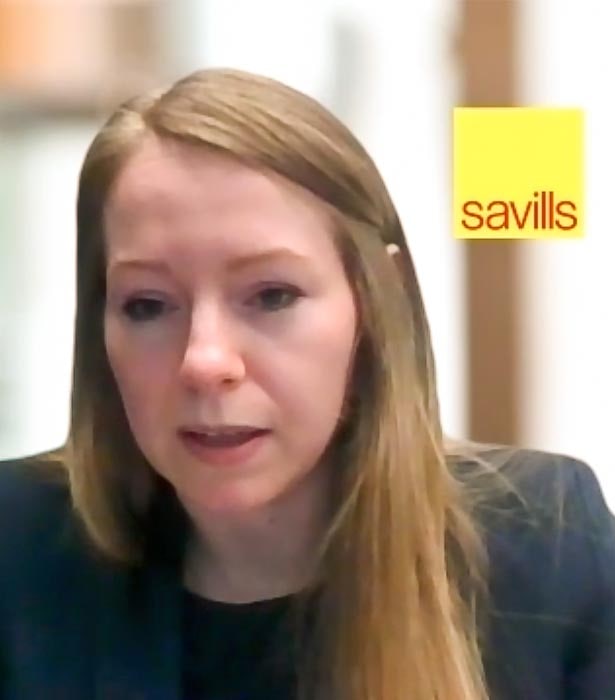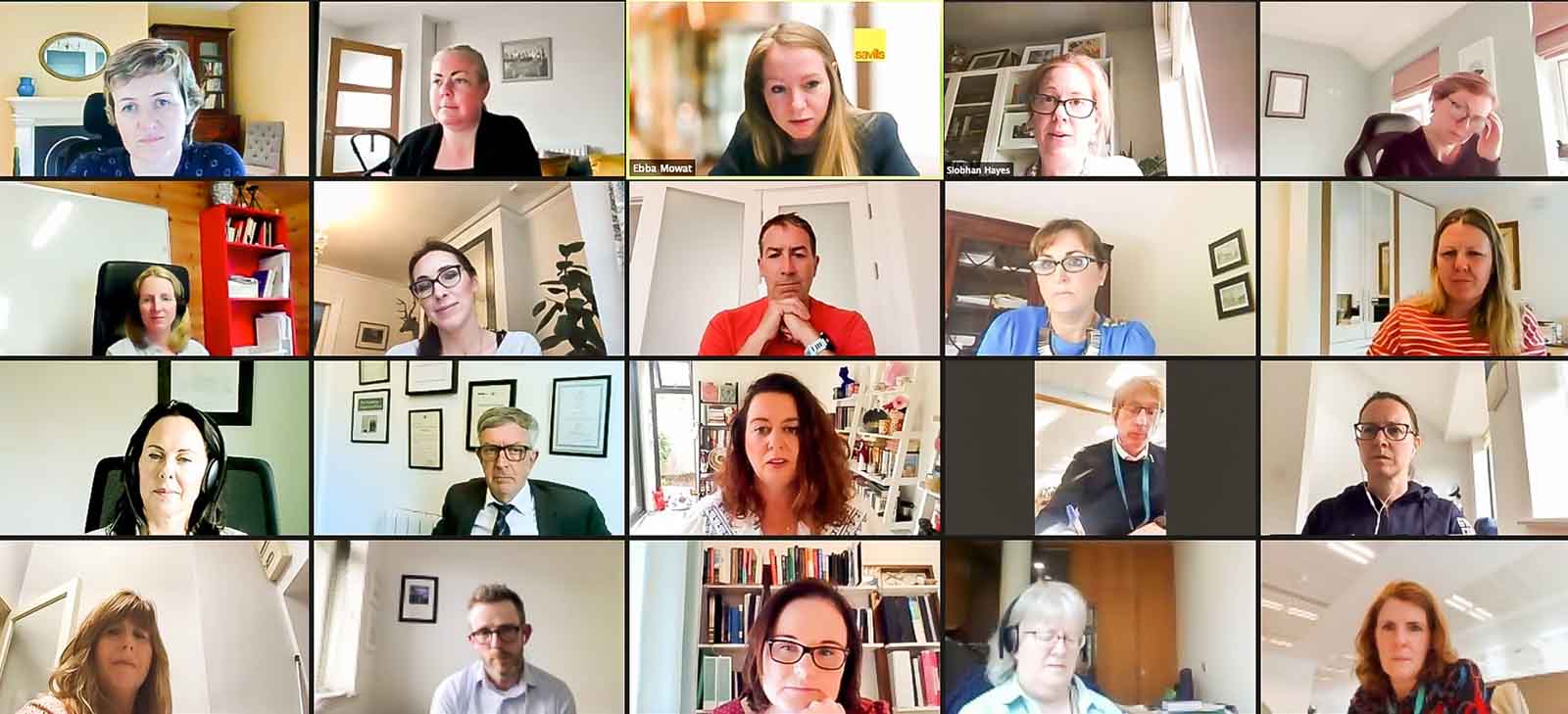The future is now

In-House and Public Sector Committee
The pandemic has effected large-scale digital transformation, this year’s In-House and Public Sector Committee panel discussion heard. Mary Hallissey reports.
For obvious reasons, lawyers will not be happy with hot-desking arrangements in any post-pandemic office space shake-up, this year’s In-House and Public Sector Committee panel discussion heard on 27 May.


When lawyers eventually re-turn to their offices, they still won’t want to share a desk, the participants agreed, since the desire for privacy is so strong on legal matters.
And while practitioners may want the flexibility of working from home, they will have missed the external retail options adjacent to their offices, the virtual discussion heard.
Ebba Mowat (divisional director at Savills Ireland) gave an overview of the post-pandemic property situation.
Mowat said that employers face a conundrum, in that their staff want the flexibility of working from home, yet bosses face challenges surrounding data protection and management of employees’ wellbeing.
For example, many workers do not have dedicated office space at home, particularly those in urban locations, where house-sharing is dominant, she said: “This gives rise to a worry about appropriateness of space, in terms of well-being,” she said.
While hub-and-spoke office set-ups – high-quality, city-centre buildings with dispersed smaller units on the periphery – have become popular in large metropolises like New York and Paris, they may not be so much in demand in Irish cities, given that commuting times are lower and cities smaller, Mowat said.
Collaboration
Collaboration spaces will remain important in offices, she predicted, as well as the increasing use of ‘no-touch’ technology.
“There has been no shortage of narrative on the future of office working and the demand for working from home; however, a balance will need to be struck between the needs of employers and their employees, as offices begin to reopen.
“A hybrid working model is predicted in many cases, although it is recognised that this is personal to the specific role,” Mowat predicted.
She added that those who wished to push their career forward would also desire to attend the office.
Efficient energy ratings in office buildings have become an increasingly important factor in lettings, with environmental, social and governance policy a key consideration in a company’s future, Mowat also predicted.
As a result, it is expected that there will be polarisation between modern spaces and older offices, since any saving in rent on older buildings will be reduced by higher operational costs.
“Younger people now coming into businesses expect sustainability to be dealt with seriously,” she added.
Committee chair Anna Marie Curry commented that in-house lawyers are perhaps more used to collaboration than those in private practice.
For young lawyers, working from home at the very start of their careers is obviously not ideal, Curry added, since mentoring is such an important part of training. “It’s much more difficult when a junior can’t just knock on somebody’s door with a question,” she said.
Taking the temperature
Rachel Tobin (senior director, EMEA associate general counsel and global privacy counsel at Zendesk) said that anonymous surveys were an excellent way of taking the temperature and could yield powerfully honest answers about how employees are doing working from home, and generally dealing with the pandemic.
In her business, the majority of employees have said that they would like to continue working from home full-time. Those who come into the office will do so two to three days a week.
‘Zoom fatigue’ was a real issue, she observed, and screen-time should be limited. Employees should be encouraged to schedule time for lunch, to go for walks to make and take calls, and to take their annual leave.
Management should also consider the impact of isolation and work-related stress, and put in place measures to help employees. In doing so, they should take account of their personal situations (whether living alone, with dependent parents, or other dependants, etc). Zendesk, for example, encourages employees not to check emails after a certain time in the evening.
Employees were also asked not to print anything at home for data-privacy reasons, to make use of shredders, and to avoid saving sensitive documents directly to a desktop or home computer.
Firms should also be aware that an employee’s spouse might well be working in the same home office, and could even be working for a rival business. And working from a coffee shop offered no certainty that the Wi-Fi network was secure.
Scheduling certain days to have no Zoom calls at all, and a ‘half-day Friday’ was also helpful, Tobin noted.
Remote-working policies
Health-and-safety guidelines and proper remote-working policies were also key, the panel discussion heard, in terms of the fit-out for a proper ergonomic workstation when working from home. Employment lawyer Richard Grogan (Richard Grogan & Associates) warned that working from home might give rise to a raft of claims in terms of ergonomics and workplace safety.

He also pointed out that remote-working policies should also cover those who were working abroad. There might well be jurisdictional issues and tax implications arising out of working outside of the country for too long.
Bord na Móna company secretary Anna-Marie Curry pointed out that what employees had tolerated during the COVID emergency wouldn’t necessarily hold when business returned to normal.
Group discussion yielded the insight that interactive group work was perhaps more difficult in a Zoom setting, though virtual meetings could be highly efficient in terms of travel-time saved.
Zoom was deemed to be better than a phone call, as it allowed documents and slides to be shared, the participants agreed.
Innovations
Curry added that real benefits and deficiencies had been discovered during the past 12 months, but that the benefits should definitely remain as ‘part of the picture’. Innovations such as electronic signatures would continue to play their part in the future, since they saved so much unnecessary moving around of documentation, she added.
However, a warning note was sounded that employer insurance policies might be more difficult to obtain, given a scattered workforce, and that the law might be too heavily weighted against employers. Things might come full circle if working from home became more of an administrative burden than it was worth, the discussion heard.
Employers might need to be appeased by assuring them that the working-from-home environment was fully compliant with health-and-safety regulations.
Data mining
Linda Ní Chualladh (head of privacy – legal, EMEA, Citi) works for a company that has 210,000 employees, with offices in 160 countries. Ní Chualladh said that remote working would yield a lot of data on employees.
This was especially so where companies used and deployed newer-tech applications to monitor security, service issues, and fraud practices, including verification of identity and individual employee engagement.
This would yield data in terms of IP addresses, browsing history, keyboard click rates, and so forth. All of this information naturally raised questions of how such data should, or should not, be used.
Ní Chualladh said that 47% of employees globally were considering a career move as a result of COVID, and many had made long-term decisions on the back of the pandemic.
One participant said that colleagues had moved to the west of Ireland in the expectation of continued remote working, only to be called back subsequently to the office.
Zendesk’s Rachel Tobin predicted a figure of 42% (on average) of the workforce coming back to work in the office.
Digital transformation
COVID had accelerated digital transformation, Tobin said. While nobody was surprised that digital transformation would happen, people were quite surprised that it had happened “whether we wanted it or not”. The changes had resulted in a shift away from place-driven work and towards purpose-driven work.
One of the fall-outs, however, would be increased monitoring of employees. Technology was now available that could measure eyeball engagement onscreen, to determine the level of attentiveness among employees. “To quote Spider-Man’s Uncle Ben, ‘with great power comes great responsibility’ – so just because you can do these things doesn’t mean you should,” she said.
A data-centric world created huge levels of responsibility in terms of what was done with that data, she warned.
If employers made decisions based on data, they would have to account for how they gathered that data, in the context of necessity and proportionality, Ní Chualladh said. Employers should think of introducing a code of ethics in terms of how they treat their employees and their data, beyond mere compliance with the law.
“Trust between both employer and employee has to work both ways, so I think a code of ethics is a really good idea,” Anna-Marie Curry agreed.
Remote hearings
Siobhan Hayes (head of litigation at the State Claims Agency) ran through the legislation and practice directions that introduced remote hearings in the teeth of the crisis.
It took a lot more work to set up and run remote hearings, the discussion heard, since, in general, they were less straightforward, and involved additional preparatory requirements, including lodging hard-copy booklets in advance of hearings.
In addition, it could be difficult to maintain the gravitas of the live courtroom environment, but lawyers had to do their best in terms of managing the boundaries.
Hayes added that it was also more difficult to have a quiet word with clients, or with opposing counsel – especially if they were not in the same location – and this could lead to delays during trials.
Wi-Fi checks in advance of remote hearings were also important, the discussion heard.
She predicted a future mix of hybrid remote and in-person hearings, where expert witnesses, especially those from outside the jurisdiction, might be heard virtually, while other witnesses would attend in person.
Hayes said that managing hearings was more complex with COVID-19, as teams and witnesses needed to socially distance and wear facemasks.
Under the superior courts’ practice directions, consultations or negotiations are not permitted within the court buildings, so it can be more difficult to discuss matters or take instructions during a hearing.
Concerns about security and data protection that limit the printing of confidential documents at home were also a factor in practitioners having to learn rapidly how to mark-up and annotate documents on-screen.
This kind of innovation had pushed lawyers out of their comfort zone over the past year, the discussion heard.
Read and print a PDF of this article here.
Mary Hallissey is a journalist with the Law Society Gazette